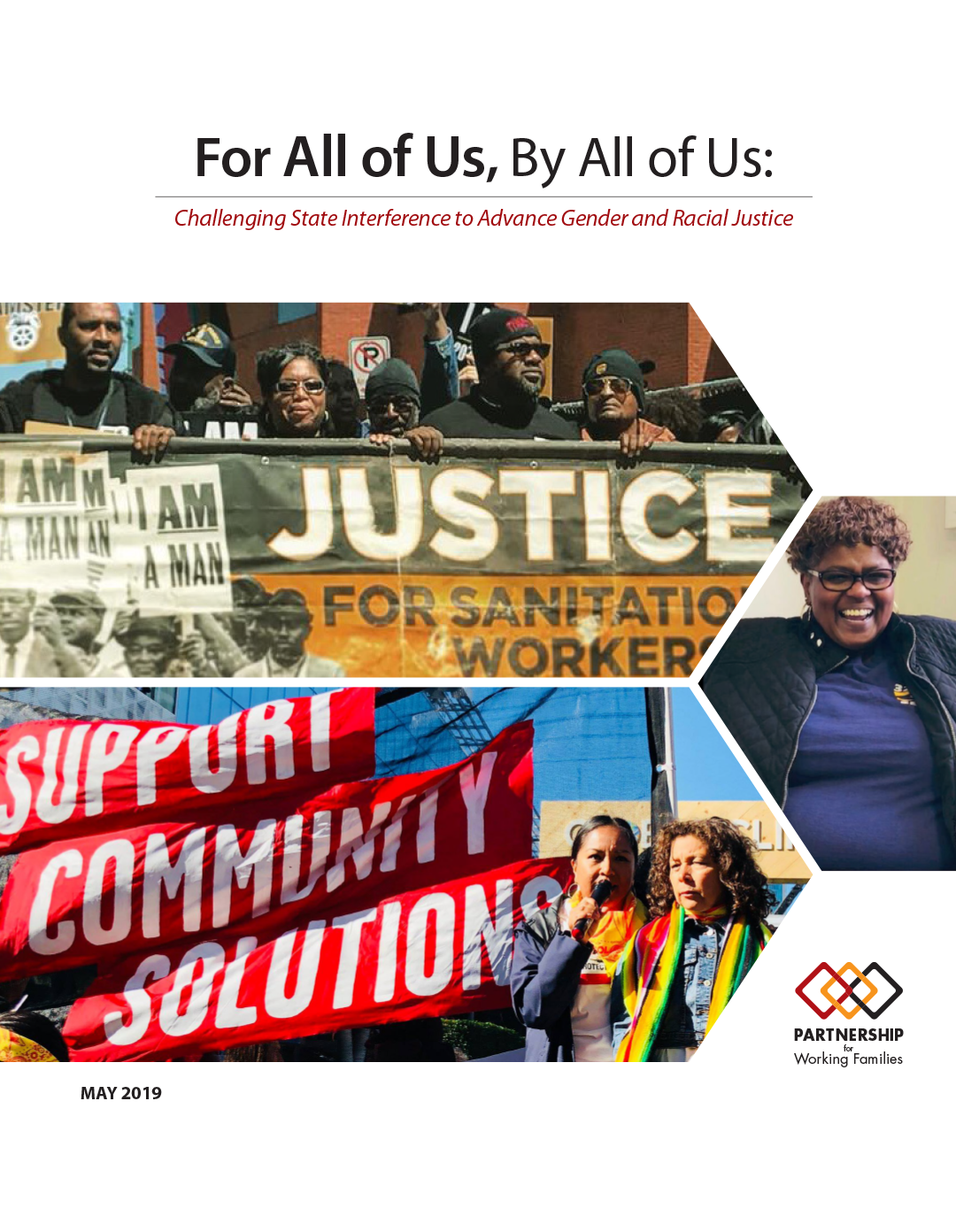Myth #1: Privatization saves money.
The Truth: Privatization often raises costs for the public and governments.
Proponents of privatization promise to fix budget woes by saving the government money. But numerous examples in a variety of sectors show that projected savings don't always materialize. Cost overruns combined with hidden and indirect costs, such as contract monitoring and administration, can make privatization more expensive than in-house services for governments. In fact, the Government Finance Officers Association estimates that hidden and indirect costs can add up to 25% to the contract price.
Myth #2: Private companies do a better job than the public sector.
The Truth: Many examples show declines in service quality under private contractors.
Faith in the private sector to outperform government agencies is deeply ingrained in the American psyche. However, the facts disproving that belief are steadily mounting. In many cases, private contractors have failed to deliver, leaving communities without vital services and assets. Private companies naturally seek to maximize profits, which can incentivize cutting corners to reduce costs. This can greatly impair service quality and maintenance of vital assets. The most popular reason for in-sourcing, according to the International City/County Management Association survey mentioned above, was a decline in service quality. Over 60% of governments that brought functions back in-house reported this as their primary motivation.
Myth #3: Privatization allows governmental entities to better anticipate and control budgetary costs.
The Truth: Cost estimates are extremely unreliable and privatization can result in unforeseen budgetary consequences.
Some believe that privatization allows for more precise budgeting, since the inflow or outflow of money appears fixed once a contract with a private entity is signed. But hidden costs and cost overruns can significantly distort these figures, market circumstances can reverse the estimates, and ripple effects of privatization can increase unexpected areas of governmental budgets.
Myth #4: Privatization allows governmental entities more administrative flexibility.
The Truth: Privatization requires substantial administrative resources for monitoring and oversight.
Substantial time and personnel are necessary to adequately monitor contracts, especially those involving essential governmental functions. If governments don't dedicate sufficient personnel and time to monitoring contracts, they run a high risk of poor contractor performance and wasting large amounts of money.
Myth #5: The public still maintains control over a privatized asset or service and the government retains the ultimate ability to make related public policy decisions.
The Truth: Privatization can bind the hands of policymakers for years, allowing private companies significant control of a privatized asset or service and the ability to dictate important policy decisions.
Non-compete and "make-whole" clauses are just a few of the ways that private companies control privatized assets and dictate important public policy decisions. Non-compete clauses forbid competition and prohibit the government from making policy and planning decisions that may affect the contractor's revenues. These contract terms have prevented numerous cities and states from improving public transportation or implementing other planning or environmental initiatives that may have threatened contractor revenues. Asset privatization contracts also frequently stipulate that the government must reimburse or "make whole" the contractor if an event, such as a parade or sudden natural disaster, occurs. Often the true ramifications of these types of provisions, which help reduce risk and guarantee profits for contractors, come as a surprise to policymakers.
Myth #6: If anything goes wrong, the government can easily fire the contractor or adjust the contract.
The Truth: Reversing privatization involves huge costs and service interruptions.
When governments turn over core services to private contractors, it can be very expensive and time-consuming to alter contract terms or cancel a contract. Taxpayers can be stuck with legal expenses when companies file lawsuits seeking greater payment. Additionally, contract cancellation can lead to service interruptions or loss of access to public assets during the transition period.
Myth #7: Companies are chosen for privatization contracts on the merits, not based on political or financial connections.
The Truth: Government for profit opens doors to unscrupulous behavior by politicians and businesses.
As many examples illustrate, the companies that receive lucrative contracts may not be the best company for the job, but instead may have the most insider connections.






